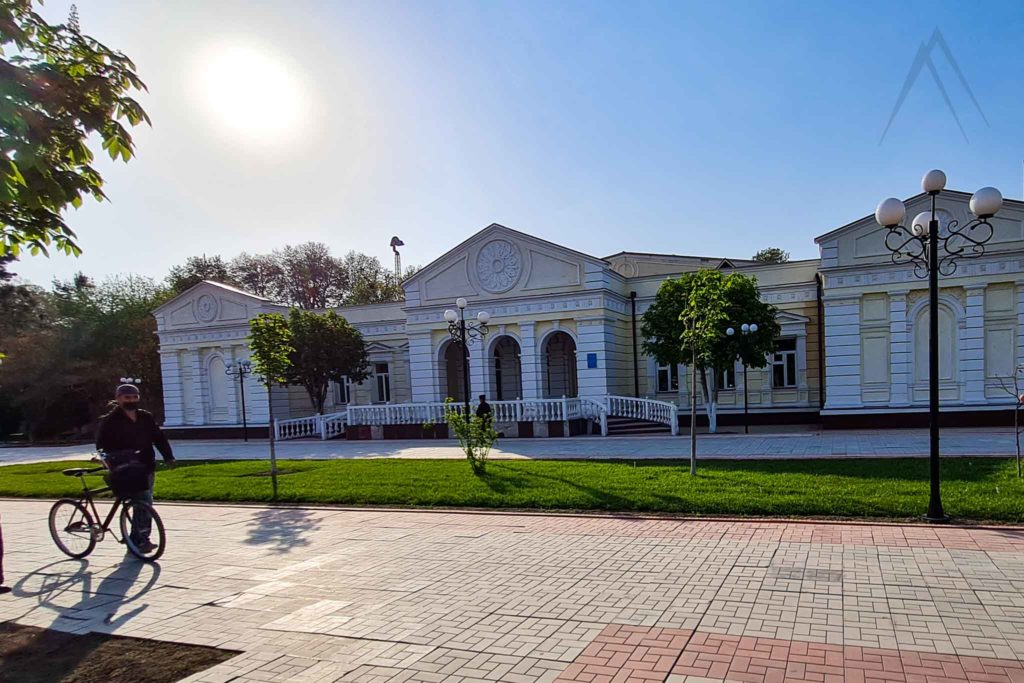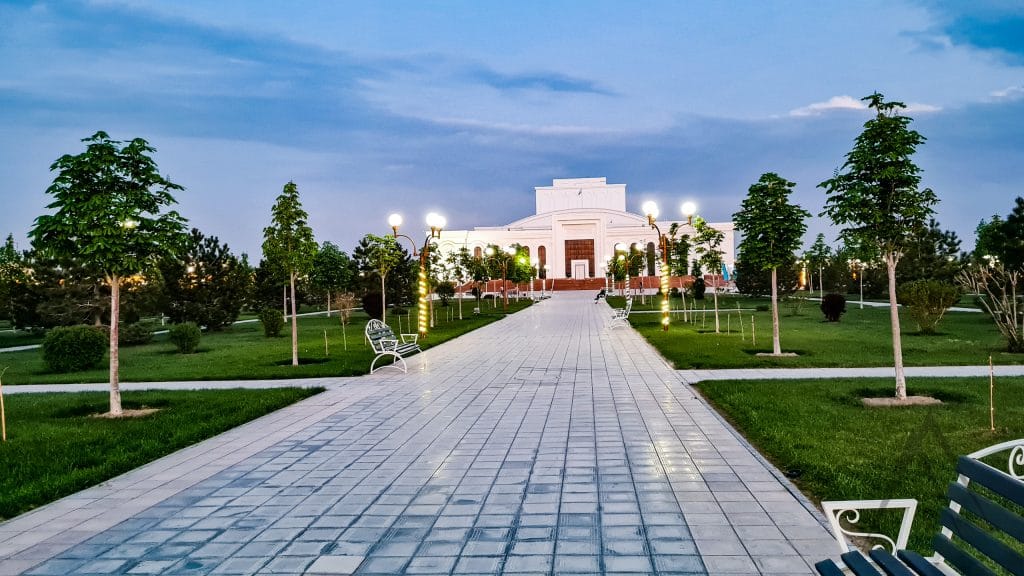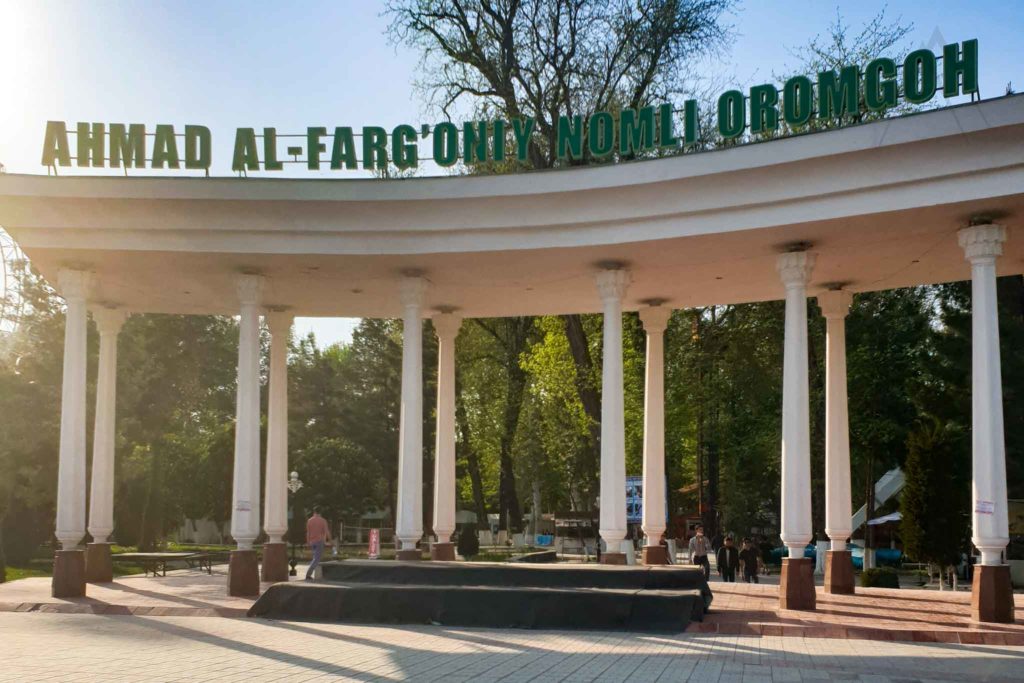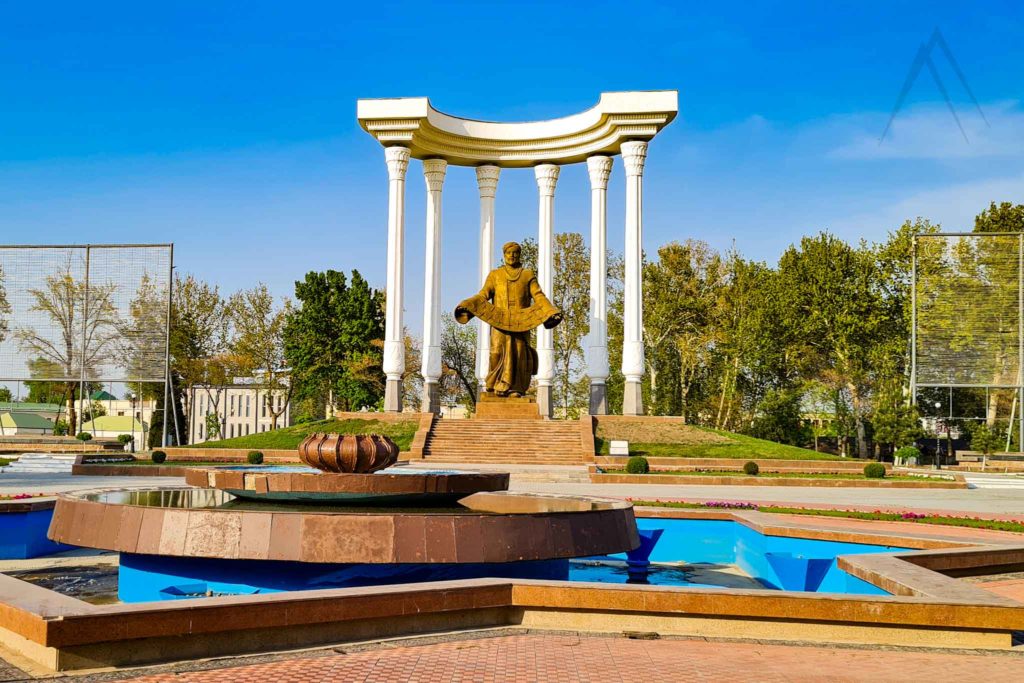Fergana
Fergana
The Fergana city lies in the popular Ferghana Valley which is known for its great fertile land. Fergana is one of the beautiful cities in Uzbekistan and the largest in the valley of the same name. Fergana lies in the eastern part of Uzbekistan, about 420 km the east from Tashkent and 70 km away from Andijan towards southwest. The city inhabits about 350 000 people and the area of the city occupies about 95.6 km². Fergana city is located at a low level and is only about 600 meters above the sea level making it hot during the summer period.
History of Fergana
Walking in the streets of Fergana you can notice the explicit layout and a noticeable center of construction. They may remind you of the colonial nature of buildings back in the days of the Russian Empire. Unlike Kokand, Fergana does not have medieval constructions because the city is still relatively young.
During the tsarist rule, Fergana received a large number of official institutions. Their buildings date back to the very end of the 19th century and all the architectural beauties of the city are focused in its official part. The city was founded in 1876 about 20 km south from the ancient town of Margilan and it was actually first named New Margilan. In 1907 the city was named Skobelov after the first military governor and in 1924 it assumed the valley’s name.
The development of the Fergana city can be divided into three major stages: the reign of the tsar, Soviet rule, and the period after the end of the Soviet power. All these stages are reflected in the appearance of the city’s architecture. Fergana was located quite far from the railway junction, so its development was somewhat hampered and slowed down compared to other major cities of the valley. When the Great Patriotic War ended, an industrial leap took place in the city and some factories were built.
Although the city had existed for over forty years, there was no sewage system or running water until the beginning of the Russian revolution. 1909 was the year of covering the streets and bazaars of Fergana. Before this period there were no hard-covered roads. The government took up the task of educating the population and the Fergana Pedagogical Institute was built on May 1, 1930 and a bit later factories and enterprises were built here.
1989 was a time of social crisis when the Uzbek and Kyrgyz populations sparked a major conflict with consequent human casualties. Due to the outflow of the Russian-speaking population from the city, the industrial development declined. Nowadays Fergana is the most modern city of Uzbek Fergana valley with coffee shops and good hotels and hostels. Government of Uzbekistan has also paid some attention in improving the appearance of the city center with some new parks and buildings.


What to Do in Fergana
Museum of Local Studies
The Museum of Local Studies includes the Fergana region, covering also Kokand and Margilon. You can inspect satellite photos of a green, lush Fergana Valley nestled amid snow-capped peaks. Other exhibits include a Stone Age diorama with some excessively hairy Cro-Magnons and a Great Patriotic War section unchanged from the Soviet times. A 3-D map puts the valley in revealing perspective before stuffed standards of natural- history give way to archaeological displays and pictures of remote carvings.
Al-Fergani Park
Al-Fergani Park was named after the ninth-century astronomer, a Fergana valley resident, who like several of Central Asia’s finest minds, bloomed at Caliph Al-Mamum’s ‘House of Wisdom’ in Merv (Turkmenistan) and later in Baghdad. The park lies next to the Mustakillik Kuchasi which translates as the Independence Street.


Fergana Bazaar
Fergana’s most attractive attraction is certainly its bazaar, filled with good-natured Uzbek traders, accompanies by Korean and Russian vendors selling homemade specialties. It lies over several blocks north of the center, creating a considerable obstacle to the flow of traffic.
Travel to Fergana
Fergana by Plane
Fergana airport is located six km south of Ferghana city centre. The airport has two daily flights to Tashkent, a country crossing weekly flight to Nukus (Karakalpakstan) and it receives flights from Russian cities such as Samara, Volgograd, Moscow and St. Petersburg.
Fergana by Train
Trains from Tashkent take about 8 hours to reach the station in Margilan and continue to Andijan. One can jump out in Margilan and use public transportation or taxi to reach Fergana city.
Fergana by Bus / Taxi
Buses throughout the valley use the Yermazar regional station north of Ferghana on the road to Margilan. Buses No. 3 & 4 run from the airport through the Hotel Ferghana to the local bus station beside the central bazaar. This station has frequent departures for Yermazar and Margilan, plus Tashkent-bound share taxis takes about 4-5 hours and have also 8-seater minibusses via the Kamchik tunnel.
Sights & Destinations near Fergana
Page updated 4.7.2022